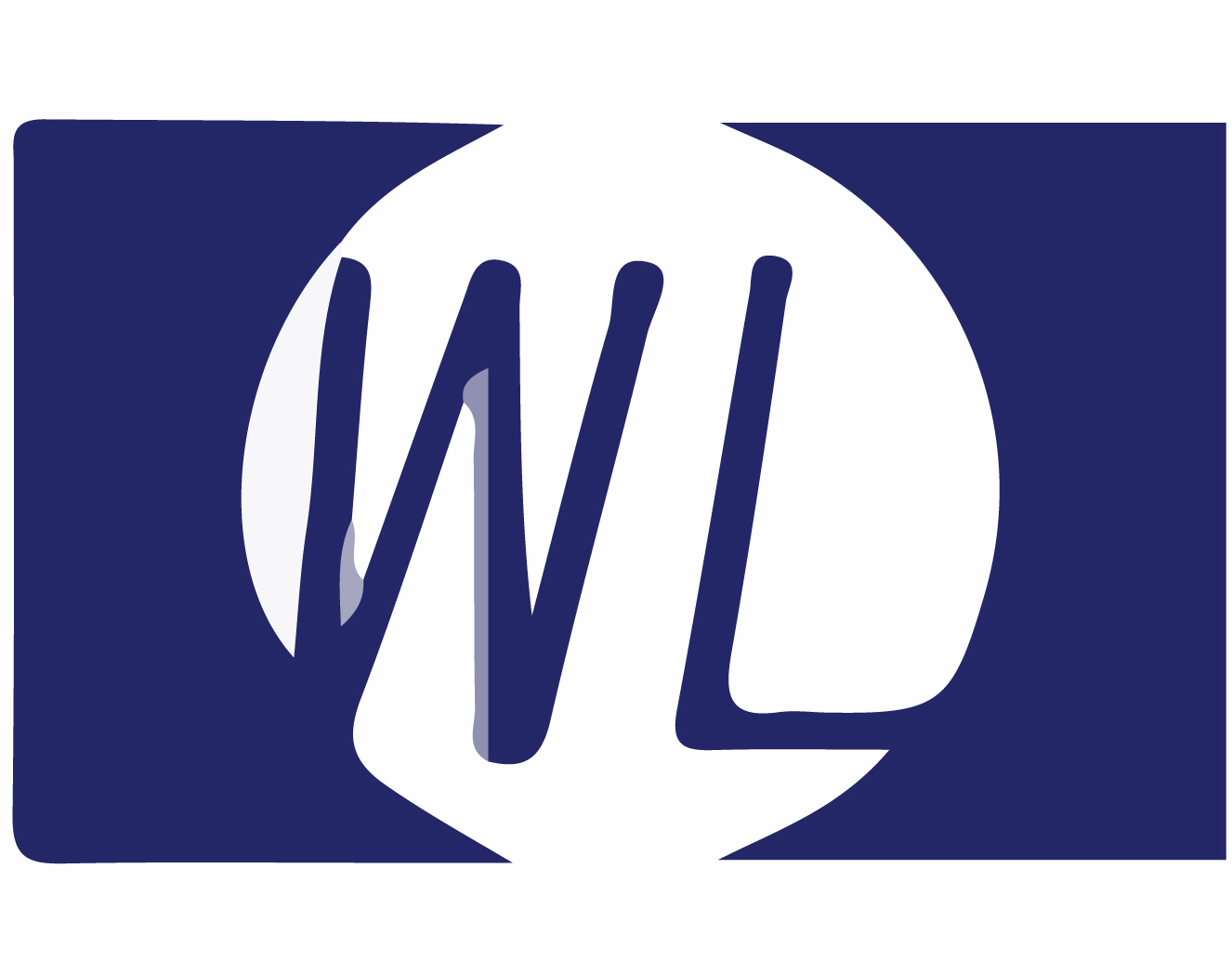Working principle of spot welding machine
The process of spot welding is to open the cooling water; clean the surface of the weldment, and after the assembly is accurate, send it between the upper and lower electrodes, apply pressure to make it contact well; electrify the contact surface of the two workpieces to heat and partially melt, forming Nugget: Keep the pressure after the power is off, so that the nugget is cooled and solidified under the pressure to form a solder joint; the pressure is removed, and the workpiece is taken out. Spot welding process parameters such as welding current, electrode pressure, energizing time and electrode working surface size have a significant impact on welding quality.
The spot welder uses the high temperature arc generated when the positive and
negative poles are instantaneously short circuited to melt the solder and the material
to be welded on the electrode to achieve the purpose of combining them. The structure of the electric welding machine is very simple. To put it bluntly, it is a highpower trans-
former, which converts 220V AC into a low voltage, highcurrent power supply, which
can be DC or AC. The welding transformer has its own characteristics, that is, it has the
characteristics of a sharp drop in voltage.
After the electrode is ignited, the voltage drops, and the working voltage of the welding machine is adjusted. In addition to the primary 220/380 voltage conversion, the secondary coil also has a tapped voltage conversion. At the same time, there is also an adjustable iron core that is adjusted by an iron core. Electric welding machine is generally a
highpower transformer, which is made by the principle of inductance. The inductance
will produce huge voltage changes when it is switched on and off, and the highvoltage arc generated by the instantaneous shortcircuit of the positive and negative poles is
used to melt the solder on the electrode. To achieve the purpose of combining them.
Spot welding is a resistance welding method in which the weldment is assembled to connect the joint and pressed between two electrodes, and the base metal is melted by resistance heat to form a welding spot. Spot welding is mostly used for the connection of thin plates, such as aircraft skins, smoke pipes of aero engines, and car cab shells. The welding transformer of the spot welding machine is a spot welding electrical appliance, and its secondary has only one loop. The upper and lower electrodes and the electrode arms are used to conduct welding current and transmit power. Cooling water passes through transformers, electrodes and other parts to avoid heat generation. When welding, the cooling water should be passed first, and then the power switch should be turned on.
The quality of the electrode directly affects the welding process, welding quality and productivity. Electrode materials are commonly made of red copper, cadmium bronze, chromium bronze, etc.; the shape of the electrode is various, mainly according to the shapeof the weldment. When installing the electrodes, pay attention to keeping the upper and lower electrode surfaces parallel; the electrode planes should be kept clean, usually with emery cloth or files. Welding cycle The welding cycle of spot welding and projection welding consists of four basic stages (spot welding process):
(1) Precompression stagethe electrode is lowered to the currenton stage to ensure that the electrode is pressed against the workpiece, so that there is proper pressure between the workpieces.
(2) Welding timethe welding current passes through the workpiece and generates heat to form a nugget.
(3) Maintenance timecut off the welding current, the electrode pressure continues to be maintained until the nugget solidifies to sufficient strength.
(4) Rest time the electrode begins to be lifted to the electrode begins to fall again, start
the next welding cycle.
In order to improve the performance of welded joints, it is sometimes necessary to add one or more of the following items to the basic cycle:
(1) Increase the prepressure to eliminate the gap between thick workpieces and make
them fit closely.
(2) Use the preheating pulse to improve the plasticity of the metal, so that the workpiece is easy to fit tightly and prevent spatter; doing so during projection welding can make multiple bumps evenly contact the plate before energized welding, so as to ensure that the heating of each point is consistent.
